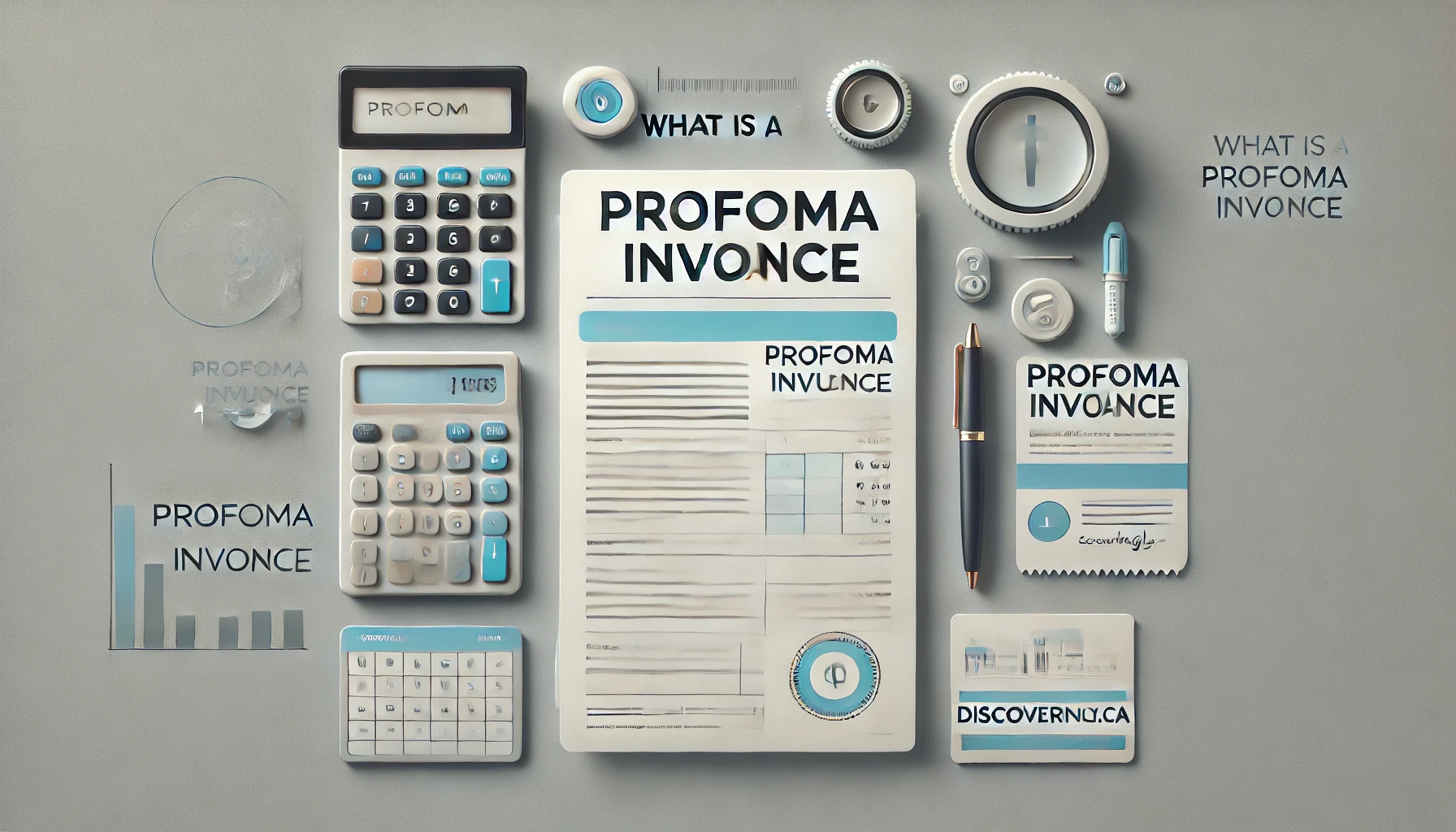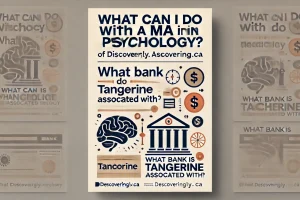What Is a Proforma Invoice? Discoveringly’s Essential Guide to Proforma Invoices
A proforma invoice is a preliminary bill of sale sent to a buyer before goods or services are delivered. It outlines the items, quantities, and prices for the buyer’s order, giving an estimate of the total cost. Unlike a standard invoice, a proforma invoice isn’t a request for payment; instead, it’s a document that confirms the buyer’s intent to purchase and serves as a reference for the final transaction details. Proforma invoices are commonly used in international trade, where they provide buyers and sellers with clarity on the terms before goods are shipped or services are provided.
1. What Is the Purpose of a Proforma Invoice?
A proforma invoice is primarily used to provide a detailed breakdown of an order to ensure transparency between the buyer and seller. It helps both parties agree on important details like pricing, shipping terms, and product specifications before the order is finalized. Here’s why it’s beneficial:
- Price Confirmation: Ensures that both parties agree on the total cost of goods or services.
- Reference for Payment Terms: Clarifies any payment requirements, such as deposits or full payment upon delivery.
- Facilitates Customs Clearance: For international transactions, a proforma invoice helps in customs declarations, as it provides an estimated value for the shipment.
- Prevents Miscommunication: By providing an itemized preview of the order, it reduces the likelihood of disputes over price or quantity.
2. How Does a Proforma Invoice Differ from a Standard Invoice?
While they may look similar, proforma invoices and standard invoices serve different purposes:
- Proforma Invoice: This is a non-binding document that provides an estimated total and confirms an order’s details. It is not a demand for payment and doesn’t affect accounting records.
- Standard Invoice: This is an official document requesting payment, affecting accounting and financial records. Once issued, the amount is legally owed by the buyer to the seller.
3. When to Use a Proforma Invoice
A proforma invoice is helpful in various scenarios, particularly when there is a need for:
- Clarity on Pricing and Terms: When a buyer wants an upfront estimate before committing to a purchase.
- International Transactions: Providing an initial invoice helps with customs documentation, ensuring that the shipping and receiving countries are aligned on the order value and contents.
- Approval Processes: Businesses or government agencies may require a proforma invoice for internal approvals or budgeting before they can make an official purchase.
4. What Information Does a Proforma Invoice Include?
A well-structured proforma invoice should contain all relevant order details to ensure clarity and transparency:
- Contact Information: Names, addresses, and contact details of both the buyer and seller.
- Invoice Date and Number: Helps track the document and organize records.
- Product or Service Descriptions: Detailed descriptions of goods or services to avoid confusion.
- Quantities and Prices: Itemized breakdown of quantities and prices per unit.
- Shipping and Delivery Details: Shipping methods, estimated delivery dates, and costs if applicable.
- Terms of Sale: Including any payment conditions, like deposits or due dates upon delivery.
- Estimated Total: A provisional total, which may change slightly depending on the final order details or shipping costs.
5. Why Do Companies Use Proforma Invoices?
Using a proforma invoice offers several advantages for both the seller and buyer:
- Streamlined Sales Process: Helps establish agreement on the terms early, preventing delays when it’s time for payment and delivery.
- Better Budgeting for Buyers: Buyers can better plan their expenses with a detailed estimate.
- Easier Customs Documentation: In international trade, customs officials often require a proforma invoice to process goods more efficiently.
- Professionalism and Trust: Providing a detailed preview document demonstrates transparency and builds trust with buyers, showing that the seller values clear communication.
6. Steps to Create a Proforma Invoice
Creating a proforma invoice is straightforward, but attention to detail is key. Here’s a simple guide to getting it right:
- List Essential Details: Start with the names and contact information for both buyer and seller, the date, and the proforma invoice number.
- Include an Itemized List: Clearly describe each product or service, along with quantity, unit price, and total cost per item.
- Add Shipping and Payment Terms: Specify shipping details, any expected delivery time, and payment terms if there are specific requirements.
- Calculate an Estimated Total: Show the estimated total, including any applicable shipping or handling charges.
- Label It “Proforma Invoice”: This distinguishes it from a standard invoice and prevents confusion about when payment is due.
7. Proforma Invoice in International Trade
For businesses involved in international trade, a proforma invoice plays a critical role:
- Customs Clearance: Customs officials use proforma invoices to assess the declared value of goods, especially for duty calculations.
- Bank Financing: Importers often use proforma invoices to secure financing or letters of credit, which banks require before releasing funds for the purchase.
- Currency and Tax Clarity: Proforma invoices help establish agreed-upon currencies and applicable taxes or duties, reducing complications during the final transaction.
8. Difference Between Proforma Invoice and Purchase Order
- Proforma Invoice: Issued by the seller to provide an estimate and terms before a sale is finalized.
- Purchase Order: Sent by the buyer to confirm their order. A purchase order is a formal, binding agreement to buy, while a proforma invoice is simply a preview of the transaction.
9. Example of When to Use a Proforma Invoice
Imagine a small business wants to order custom packaging from an overseas supplier. Before the supplier proceeds, they send a proforma invoice detailing costs, materials, shipping, and estimated delivery times. This lets the buyer review the costs, terms, and order specifics before the actual purchase, avoiding misunderstandings and allowing both parties to approve the transaction terms.
10. Frequently Asked Questions
Q: Can a proforma invoice be used for payment?
A: No, a proforma invoice is not a formal request for payment. Its purpose is to outline the transaction terms. The final invoice, issued after order approval, is used for payment.
Q: Does a proforma invoice need to be included in accounting records?
A: Generally, no. Since it’s not a request for payment or an official sales record, a proforma invoice doesn’t typically enter a company’s financial records.
Q: Can a proforma invoice be changed?
A: Yes. Because it’s a preliminary document, a proforma invoice can be modified if any changes in the order details are agreed upon by both parties.
A proforma invoice is a powerful tool in business transactions, helping both buyers and sellers clarify terms, establish trust, and prevent misunderstandings. By outlining key details before the final purchase, it sets a foundation of transparency and efficiency, making it invaluable in both domestic and international trade.






